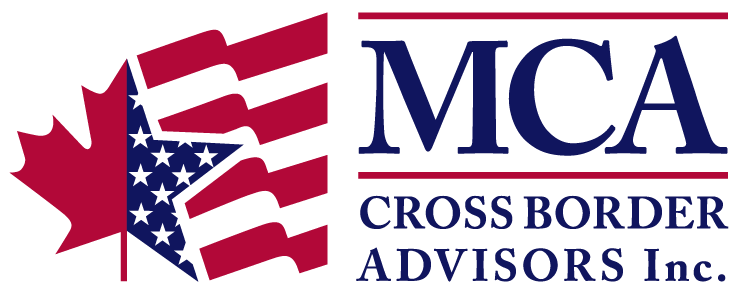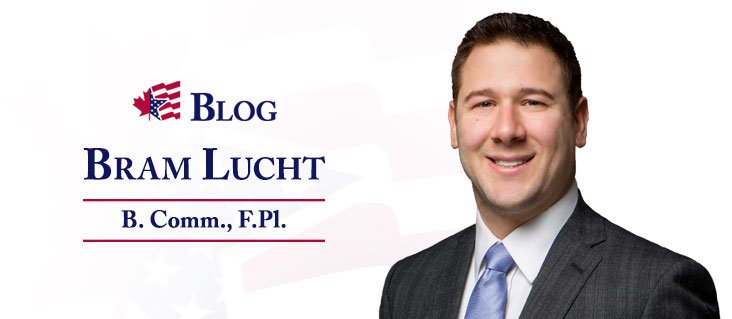Death, taxes, and extensions to the EB-5 Regional Center Program (“EB-5 RCP”) – these are certainties in life. Extending the EB-5 RCP has become an annual event, like Groundhog Day or Star Wars Day (May the fourth be with you!). As of Friday May 5th, the EB-5 was extended yet again through to September 30th, as part of a $1.1 trillion US spending bill.
The EB-5 investment visa program provides a clear, viable path to US immigration for Canadians looking to move stateside, but the US government has been struggling to improve the EB-5 RCP (one arm of the program) for some time. This blog examines EB-5 history, some current challenges faced by the EB-5 program, and proposed changes to the program.
EB-5 History
The EB-5 investor visa program was introduced as part of the 1990 Immigration Act. The purpose of the EB-5 program is to stimulate the US economy through job creation and capital investment by foreign investors. The program acts as an immigration fast-track for affluent foreigners: foreign investors who invest either $500,000 or $1 million in qualified EB-5 projects that create at least ten jobs gain American residency – or, ultimately, even citizenship – in exchange for their investment and job creation.
The EB-5 RCP was introduced in 1992 in order to further stimulate foreign investment by relaxing the job-creation requirement so that investors can count indirect and induced jobs created by their investment – rather than being able to count only direct jobs – when applying for their Green Cards. The RCP established “regional centers”, entities that facilitate investments used to create such indirect and induced jobs.
Challenges Faced by the EB-5 Program
Unfortunately, as the EB-5 RCP gained in popularity, it also began receiving some negative attention for certain regional centers’ associations with fraud, political corruption, and misappropriation of funds.
One of the biggest issues is some regional centers’ tactic of gerrymandering borders to make it look like certain projects are located in high unemployment or rural areas, formally known as “Targeted Employment Areas”, the designation required for projects to be able to accept EB-5 investments at the more popular $500,000 level rather than the $1,000,000 level. For instance, wealthy communities in cities like Manhattan have been inaccurately designated as “high unemployment areas”, while more deserving rural and depressed communities have been overlooked for foreign investment.
Alleged fraud cases from California to Vermont connected to the EB-5 RCP have led to many US Senators proposing the elimination of the program altogether.
Proposed Changes to the EB-5 Program
Unlike previous years, in 2017, there appears to be a legitimate desire to make changes and improve the EB-5 program. Raising minimum investment amounts, employing stricter oversight of regional centers and reclassifying TEAs are all improvements that are being discussed by the US government – changes that can greatly benefit the EB-5 program. Improving visa processing times is also on the legislative change agenda, which would be another boon for EB-5 investors.
Congress’ initial intent for the EB-5 program was to spur economic development and growth in rural and depressed areas. With this latest September 30th extension, there is an opportunity to table legislation that will restore the EB-5 program to its origins, helping underprivileged and rural areas to develop and boost employment while continuing to provide a smooth pathway to permanent US residency for Canadians and other foreigners alike. It would be wonderful for such legislation to be ready for consideration prior to the expiration of the EB-5 RCP on September 30.
We will keep you updated on the progress of EB-5 legislative changes and are available to answer any questions that you may have about the program. Today, the EB-5 investor visa remains an available pathway to the US – one that may become even more robust as new legislation emerges and is passed.
[su_button size=”6″ url=”https://mcacrossborder.com//consultation/” background=”#10155e”]Request a Consultation[/su_button]
——–
MCA Cross Border Advisors, Inc. is a registered investment adviser. Information presented is for educational purposes only and does not intend to make an offer or solicitation for the sale or purchase of any specific securities, investments, or investment strategies. Investments involve risk and, unless otherwise stated, are not guaranteed. Be sure to first consult with a qualified financial adviser and/or tax professional before implementing any strategy discussed herein. Past performance is not indicative of future performance.

